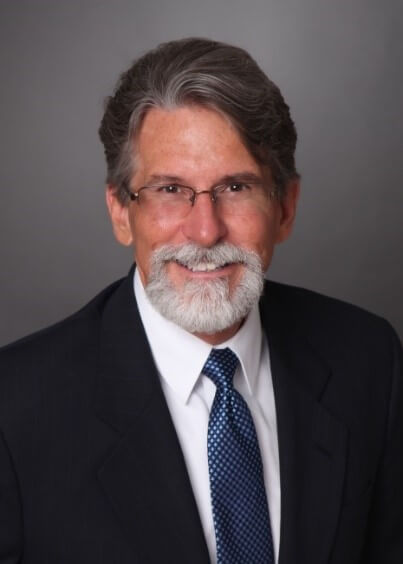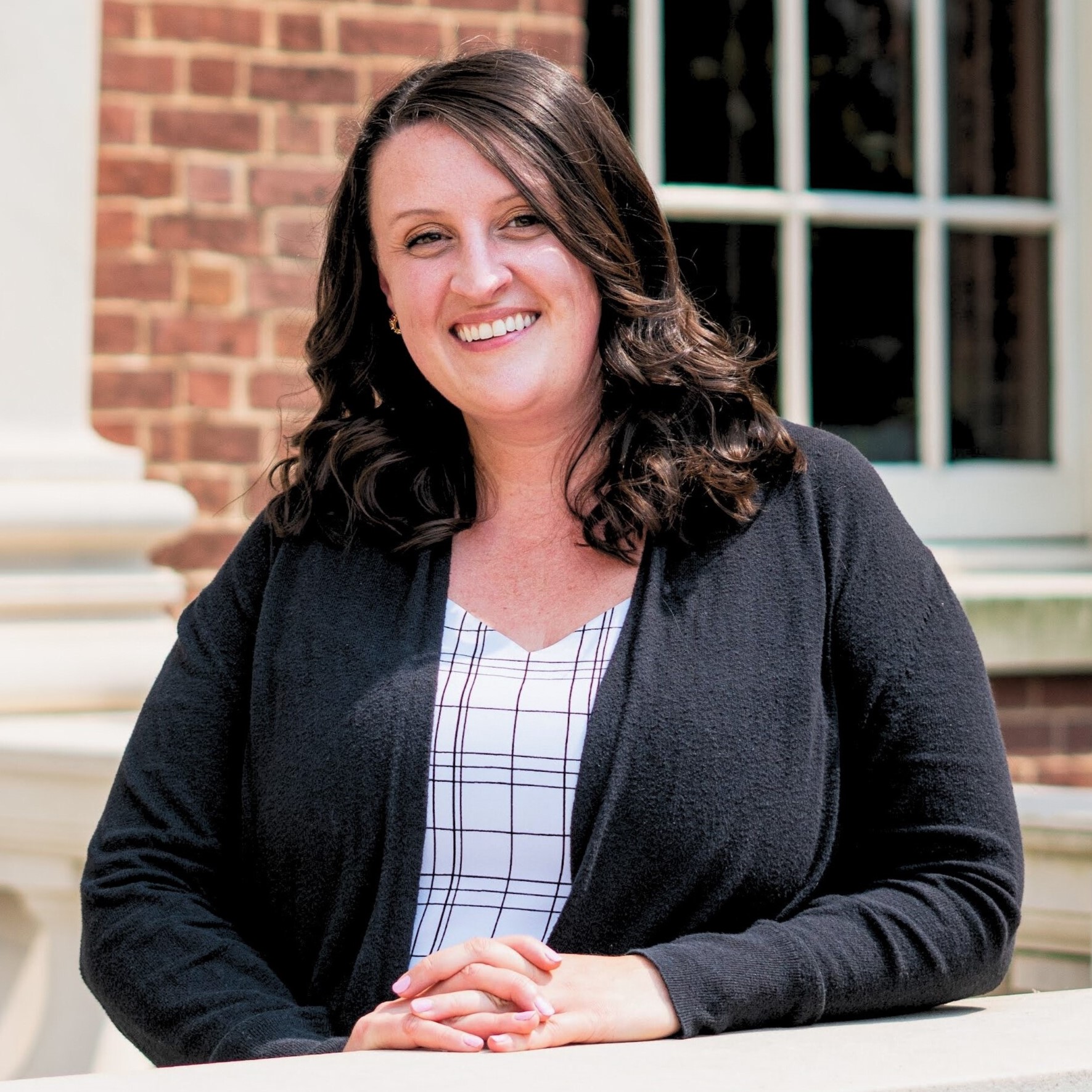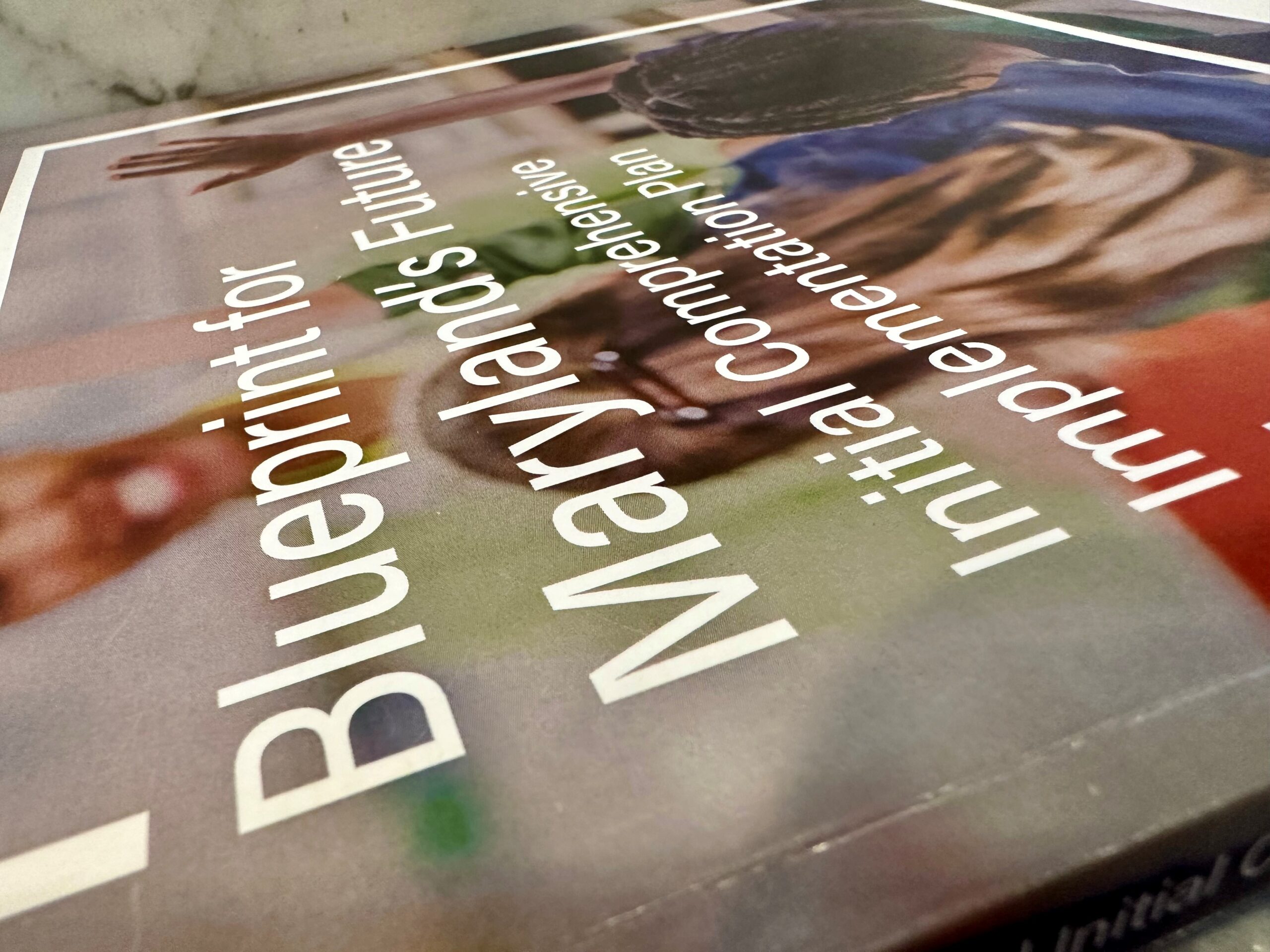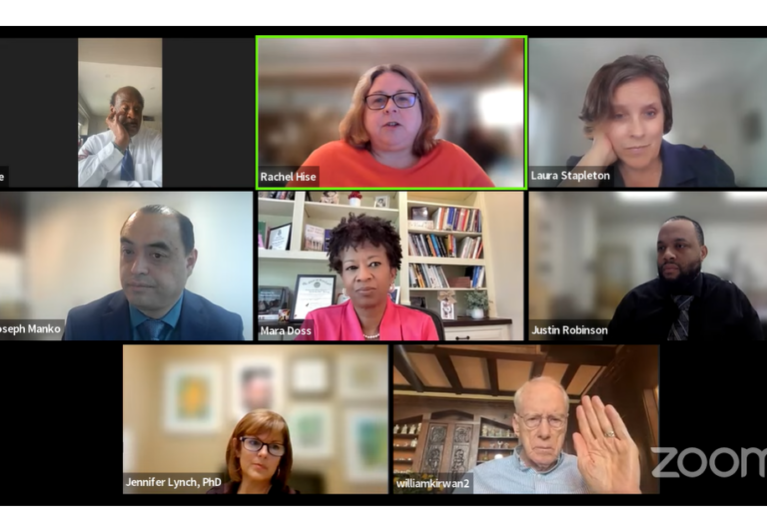Data Will Help Guide Officials Pushing for Complete Count in 2020 Census

Officials are trying to increase Marylanders’ response rate in the 2020 U.S. Census by focusing on key groups that tend to be undercounted. A more complete count of the state’s population could mean more federal funding for neighborhoods that need it the most.
Almost $700 billion in federal funding is doled out based on state, county and neighborhood populations captured in the Census.
“That’s schools, that’s roads, that’s Medicaid and Head Start – critical and life-saving programs,” Audra Harrison, Maryland’s Census director, told a crowd Wednesday at the Maryland Association of Counties summer conference in Ocean City.
About $18,250 in federal funding is lost per Marylander not captured in the Census, officials said.
In the 2010 Census, an estimated 19,900 people were undercounted in Prince George’s County alone, resulting in an estimated federal funding loss of more than $363 million, Harrison said.
So Maryland planning officials are mobilizing “Complete Count” committees around the state and making use of historical response data like never before.
The Maryland Department of Planning has built a new mapping program that can show voluntary census response rates at the census tract level, along with data about populations that are frequently undercounted, such as households that move frequently, live in poverty or include residents who are very young, older, or who speak limited English.
“That kind of information we’ve never had available before,” Maryland Planning Secretary Robert McCord said.
The information can now be used to guide county and community Complete Count committees that are trying to boost response rates.
“Every reason you can imagine there’s an undercount, there’s an undercount,” John T. Willis, former Maryland Secretary of State and co-chairman of the Baltimore City Complete Count Committee.
Some people don’t want to report people living outside of rental agreements or the number of children living in a home, or there’s confusion about how college students and children with shared parental custody should be tallied.
In general, the rule is that every member who will be in a household on April 1, 2020 should be counted in that household’s survey.
However, undercounting of children in the last Census was well-documented after researchers compared Census tallies with other government records.
Michael Sanderson, executive director of the Maryland Association of Counties, read to the crowd a recent tweet from state Del. Stephanie Smith (D-Baltimore City) that 7.8 percent of children in cities with populations greater than 500,000 may be undercounted on Census forms.
“Adults are missed because they don’t complete a Census form. Children are uncounted because they are left off Census forms. The more complex the household, the more likely young kids will be left off a Census form. Targeted outreach needed to count kids,” Smith tweeted.
It’s a jaw-dropping issue that officials must address before the 2020 count, Sanderson said.
“If we’re missing one out of every 13 kids, we’re doing it wrong,” he said.
McCord said the state is working to involve children in the Census process through the Department of Education and the library systems. If children understand the Census, they could encourage family participation, he said.
The first step to get a more complete response is to get households to voluntarily turn in complete surveys, Sanderson said. The 2020 Census will be the first time residents can complete their surveys online, a shift the U.S. Census Bureau will encourage by waiting to send paper surveys until three reminders about the online form and a phone-in option go unanswered.
If households still don’t send back forms, the Census sends enumerators to try to count households in person, but not everyone can be reached.
One of the most worrisome issues with undercounting in the Census is that households who likely are not being counted could benefit the most, McCord said.
“Every 10 years we have a family portrait, and I need everybody in the picture,” he said.




 Creative Commons Attribution
Creative Commons Attribution